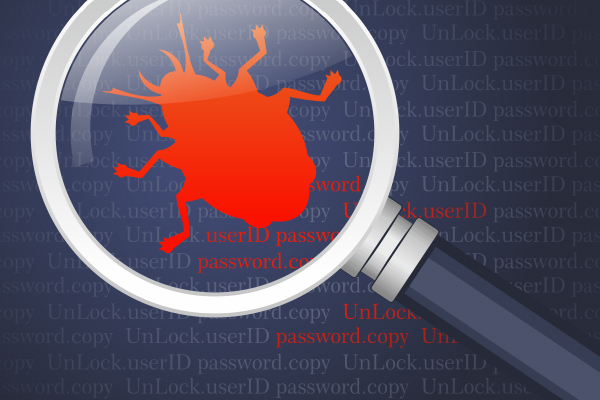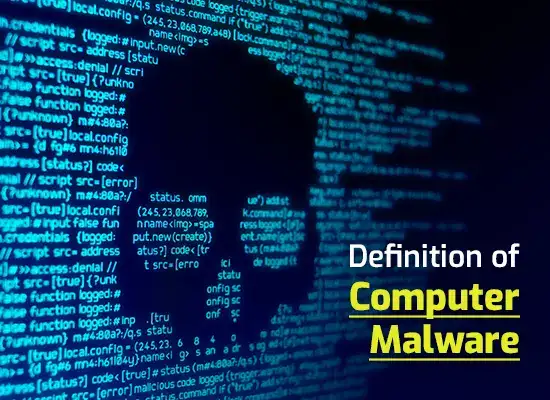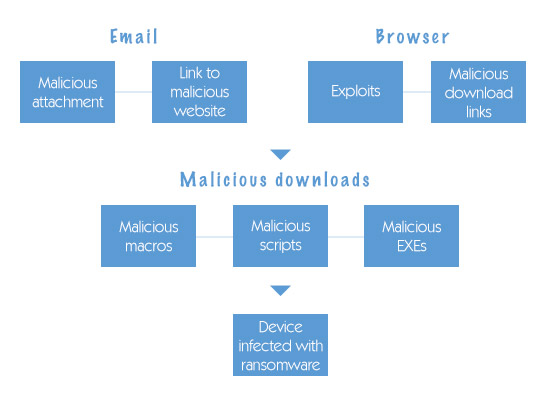What you need to know about Help Your Files ransomware
Updated on October 21, 2022, by Xcitium

Help Your Files ransomware is a particularly nasty form of encryption ransomware. As with most forms of encryption ransomware, once you have identified that you have been infected, it’s usually easy to find and remove the source. Unfortunately, this does not rectify the damage it has caused, which will generally be extensive. This means that you absolutely must be well-prepared for a Help Your Files ransomware attack. Here’s what you need to know.
Removing Help Your Files ransomware
There is a good chance that you will be able to remove Help Your Files ransomware just by installing a reputable anti-malware program and having it scan your computer. If your computer will not allow you to do this, then boot up into safe mode (with networking) and see if that sorts the issue and if it doesn’t then boot up into safe mode (with command prompt) and restore to a previous time point. Then scan your computer just to make sure that you really have eliminated everything to do with the ransomware (and any other malware which may be lurking).
Dealing with the damage caused by Help Your Files ransomware
As with most forms of encryption ransomware, the only strategy which is guaranteed to put right the damage from a Help Your Files ransomware attack is to restore from a backup. If you have a data backup, then you might find it easiest just to do a full restore rather than trying to work out which files have been infected. The reason for this is that Help Your Files ransomware is notorious for changing the names of files to make them harder to identify.
If this does not work, then you can try looking for a decryption tool, but it’s highly unlikely that you’ll find one. Most versions of Help Your Files ransomware use RC4 encryption. This creates a unique encryption key for each attack, which is then stored on the HELP_YOUR_FILES command-and-control servers. Basically, you either pay up or accept the loss of your data.
Help Your Files ransomware and data storage
If encryption ransomware has done some good in the world, it’s been by encouraging people to take data storage very seriously. The first priority of any data storage system is to protect data from theft, or, at the very least to protect personally identifiable data from theft. This includes data you collect from your own employees. The way to achieve this is to store the data encrypted.
The second priority of any data storage system is to make sure that you have access to your data when you need it. The way to achieve this is to follow the old 3-2-1 adage and keep three copies of your data across two media (clouds) with one being off-site (in a different cloud). These days, it is crucial to have an off-site data backup because local data backups are just far too vulnerable to compromise if your production system is breached.
What’s more, you should scan files before they are transferred to your off-site backup to ensure that they are free of infection. Ideally, you should keep backups from different time-points just in case you do pick up slow-acting ransomware and it does infiltrate your off-site backup despite your precautions.
Preventing Help Your Files ransomware attacks
The very best way to deal with a Help Your Files ransomware attack is to avoid falling victim to it in the first place. You will get your best chance of this if you make sure that you only use actively-supported operating systems and applications and commit to installing all updates promptly. If necessary, hire a managed IT services provider to make sure that this happens.
Supplement this with a robust anti-malware solution from a reputable cybersecurity company. For most organizations (and individuals), the most practical option is a cloud-based, all-in-one solution. This basically gives you all the protection you need with the reassurance of knowing that the vendor will handle the full update process. These days there are some excellent products at prices even SMBs can afford.
Ideally, you will also take steps to limit your exposure to sources of malware, for example placing restrictions on how staff can use email and the internet and preferably educating them as to why these restrictions are in place.
Please click here now to start your free 30-day trial of Xcitium AEP.
Related Sources:
Cyber Ransomware Removal
Ransomware Attacks
Ransomware Protection
Ransomware Removal
Ransomware Virus
ITSM ITIL
Get Rid Of Ransomware




